Technology for growing honey agarics all year round at home
For growing honey agarics at home, it is preferable to choose a winter species - flammulina. It is adapted to the conditions of a house or apartment, undemanding to lighting. Just like other mushrooms, it prefers high air humidity and low temperatures.
Flammulina description
Suitable conditions can be created in the basement, in the insulated attic, on the glassed-in balcony or in the garage. In a small amount, it is possible to grow winter honeydew on the windowsill.
The color of the cap depends on the brightness of the light. The brighter the illumination, the brighter the color. With a lack of light, mushrooms do not stain, remain white, but at the same time, taste and useful properties are not lost.
Flammulina differs from other species in that not only hats, but also velvety legs are eaten. The lower part is removed, leaving a length of about 4-7 cm. The leg has a delicate texture, and the taste does not differ from the cap.
These mushrooms contain a small amount of weak toxic substances, so it is undesirable to eat them raw. The recommended cooking time is 20-25 minutes, after which the toxins are completely destroyed.
Cut mushrooms are kept in the refrigerator for 5-6 days. They can be fried, marinated and dried. After heat treatment, they do not lose their nutritional and taste qualities.
Substrate preparation
For sowing the mycelium, you can buy a ready-made block in a specialized shopping center, or you can prepare the substrate yourself.
You will need:
- sawdust or shavings from deciduous trees - 3 parts (can be replaced with deciduous litter or straw, oak and conifers are not suitable for growing mushrooms);
- oats, barley, barley, bran or chopped corn cobs - 1 part;
- chalk or lime at the rate of 1 teaspoon per 300 g of substrate;
- starch, corn or oat flour - 1 tablespoon per 300 g of the mixture, it is necessary to enhance the nutritional properties.
The resulting mixture is thoroughly mixed, poured with warm water for swelling, and left for 10 minutes. Then boil over low heat for 40-50 minutes to destroy the spores of other fungi and pathogens of fungal infections. To avoid burning, water is added little by little.
After the end of cooking, the water is drained, the substrate is left on fire to evaporate excess liquid. The finished mixture should be moist, but not wet.
Sowing mycelium
One- and two-liter jars or durable plastic bags with a volume of at least 2 liters are suitable for growing honey mushrooms. The resulting mixture is filled into a container by 2/3 of its volume.
With a disinfected stick, holes are made in the substrate 5 cm deep, with a diameter of no more than 1. It is not difficult to calculate the required amount of mycelium - it should be 2-7% of the mixture mass.
The holes made are filled with mycelium. The temperature of the mixture at this moment should be 25 °.
Another way is when the substrate has cooled to 25 °, the mycelium is added to it and gently mixed with a sterilized wooden spatula. After that, the containers are filled.
Banks are closed with polyethylene lids, in which a hole with a diameter of 1 cm is pre-made. Gases released by the spores of the fungus will escape through the hole. In order to prevent moisture evaporation, the hole is covered with a cotton plug.
Advice
The cotton plug should not fit very tightly into the hole or be tight. It must be slightly fluffed up.
When growing flammulina in bags, they must be tied, leaving a small hole. It is also closed with a cork.
Mycelium germination conditions
The container is placed in a dark place where the temperature is maintained at about 25 °.After 2-3 weeks, the mycelium will germinate and fruit bodies will form on it.
The jar is transferred to a brighter place, the air temperature should be about 15 °. It can be a window on the north side, a glazed loggia.
The lid is removed from the can, the package is untied. Moisture is maintained by regularly spraying the caps and substrate. If honey-colored drops appear on the caps, then the watering is excessive. The presence of a white coating indicates that there is not enough moisture.
If you plan to grow winter mushrooms in a basement or garage, their walls are first whitewashed with lime or treated with formalin for disinfection. The room must be equipped with forced ventilation and an air heater.
When the caps appear above the container, a ring of thick paper is put on the neck. This prevents the mushrooms from decaying and allows them to grow as high as possible.
The ripening period of mushrooms is 45 days from the moment of sowing the mycelium. Mushrooms are cut at the neck of the jar. The legs remaining inside are carefully removed, and the substrate is moistened and again covered with a lid. New mushrooms will grow in 3 weeks.
In one container, you can harvest 3-4 times, in the future, the mixture is depleted, and it should be replaced.
Advice
For continuous harvest, the mycelium should be populated in separate containers at intervals of 10 days. Then the mushrooms can be cut much more often.
Growing honey agarics in hemp and on logs
The method of growing mushrooms in stumps is used in the garden. It is recommended to populate the mycelium of summer mushroom species.
A stump from a hardwood tree is suitable. You can use a log or log. It should be cut down in 2-3 months and dry out a little. It is necessary to check that there is no mold and other fungi; honey agarics are not bred on diseased stumps.
It is impossible to place mycelium on living trees, this will lead to the death of the tree.
Several holes 5 cm deep and about 1.5 cm in diameter are drilled in the stump. Pieces of mycelium are carefully placed in them. You can grind it beforehand and mix it with wet sawdust. The holes are covered with moss or hay from above.
If a log is used, then cuts are made on it up to 6 cm deep, observing the distance between them 15–20 cm. They are laid lying down, burying 1/5 into the ground.
The place for growing honey agaric should be shady and not flooded. Care consists in constant watering. To retain moisture, the stump or log can be covered with cellophane and secured so that the wind does not blow away. For the winter, the film is removed, and instead of it, a shelter is made of coniferous spruce branches, leaf litter or white agrofibre.
Honey mushrooms grown on stumps will be ready for harvest in 2 years. The duration of fruiting is about 5-6 years. After this time, the stump usually decays.
Output
When growing honey agarics at home, you should follow the recommendations:
- the growing temperature is not higher than 15 ° (a low temperature for flammulina is not terrible, but its growth slows down);
- a prerequisite - high humidity, from 85%;
- it is necessary to sterilize jars and substrate, otherwise inedible mushrooms may grow instead of honey agaric or mold will appear;
- tools (wooden peg, spoon, knife) must be decontaminated;
- it is not recommended to eat flammulines raw, the minimum cooking time is 20 minutes.
Compliance with these rules is a prerequisite for growing winter mushrooms at home.
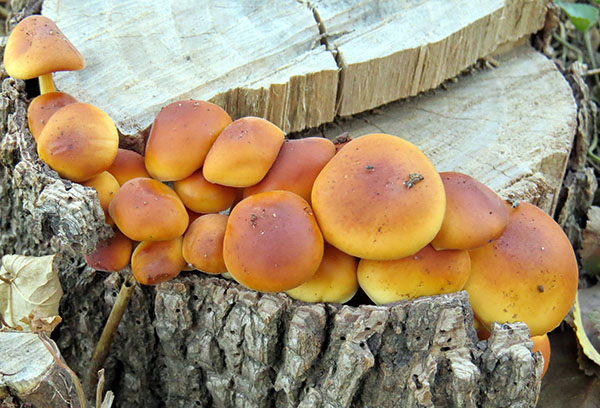
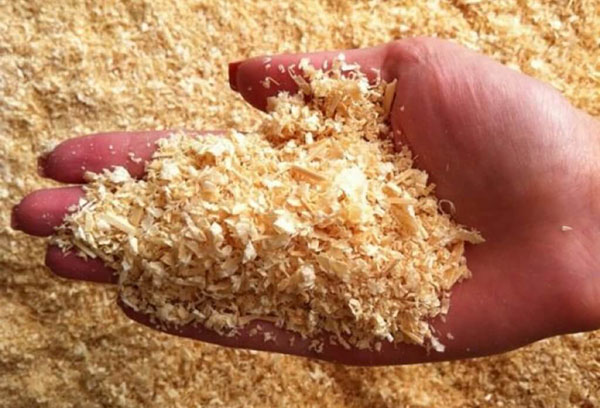
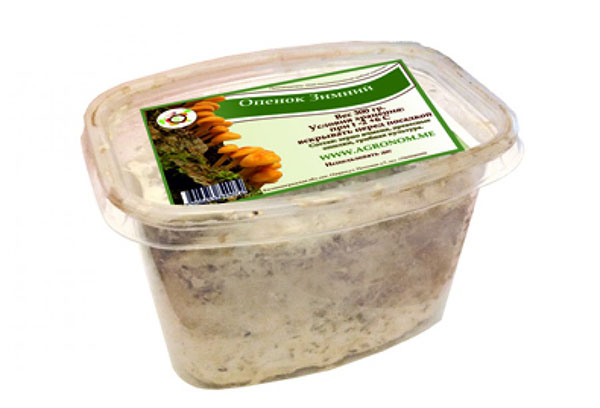
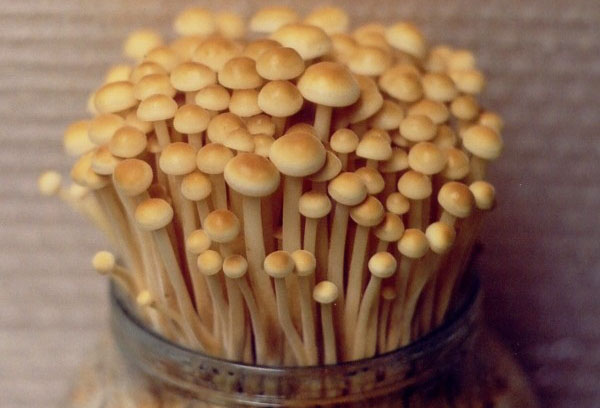
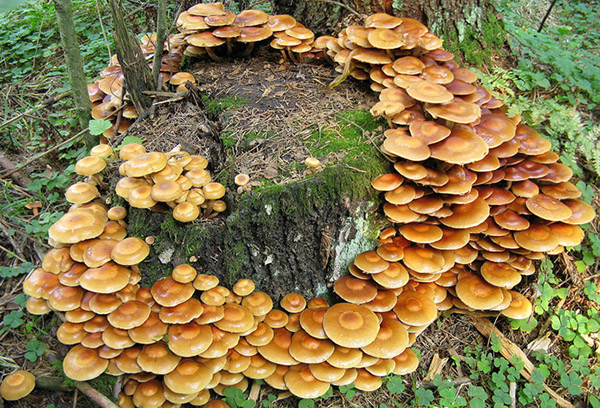
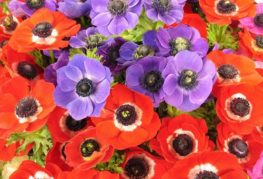
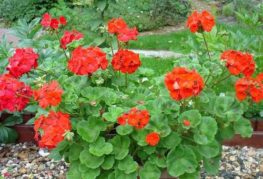
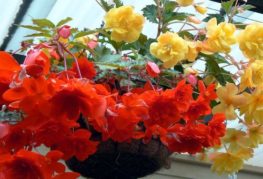
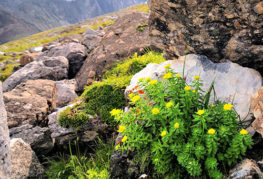
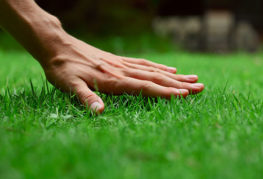
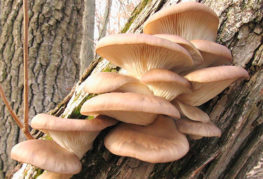
and will be published shortly.